Description
Caring for your Elephant Ear Plant
Alocasias, commonly known as Elephant Ears, are prized for their striking foliage and dramatic presence. Originating from the tropical and subtropical regions of Asia and Eastern Australia, these plants are a favorite among houseplant enthusiasts and landscape gardeners alike. With over 70 species, Alocasias offer a variety of leaf shapes, sizes, and colors, making them a versatile addition to any plant collection. Here’s an in-depth care guide to help you cultivate and maintain healthy, vibrant Alocasias.
Light
Alocasias thrive in bright, indirect light. They can tolerate some direct morning sunlight but should be protected from the harsh afternoon sun, which can scorch their leaves. Insufficient light may lead to leggy growth and diminished leaf coloration. If you’re growing Alocasias indoors, place them near a window where they can receive filtered light, or use sheer curtains to diffuse the sunlight.
Water
Proper watering is crucial for Alocasias. They prefer consistently moist soil but are susceptible to root rot if overwatered. During the growing season (spring and summer), water your Alocasia thoroughly when the top inch of soil feels dry. In the dormant period (fall and winter), reduce watering frequency, allowing the soil to dry out slightly between waterings. Always use a well-draining potting mix to prevent water from sitting in the roots.
Alocasias are native to humid environments and thus require high humidity levels to thrive. Aim for a humidity level of 60-80%. If the air in your home is dry, especially during winter months, use a humidifier or place a humidity tray near your plant. Grouping plants together can also help create a more humid microenvironment. Regular misting can be beneficial, but ensure that the leaves dry out quickly to prevent fungal issues.
Temperature
These tropical plants prefer warm temperatures between 65°F and 80°F (18°C to 27°C). They are sensitive to cold drafts and sudden temperature changes. Avoid placing your Alocasia near air conditioning vents, heaters, or drafty windows. During winter, keep them in a warm room and away from frosty conditions.
Soil
A well-draining, rich soil mix is ideal for Alocasias. You can use a standard potting mix with added perlite or orchid bark to enhance drainage. During the growing season, feed your Alocasia with a balanced, water-soluble fertilizer every 2-4 weeks. Dilute the fertilizer to half the recommended strength to avoid over-fertilizing, which can cause leaf burn. Reduce feeding during the dormant period as the plant’s growth slows down.
Repotting
Alocasias generally need to be repotted every 1-2 years or when they outgrow their current pot. The best time to repot is in spring, just before the growing season begins. Choose a pot that is one size larger than the current one, ensuring it has drainage holes. Gently remove the plant from its pot, loosen the root ball, and place it in the new pot with fresh potting mix.
Pruning and Maintenance
Regularly inspect your Alocasia for yellowing or damaged leaves, and trim them off to encourage healthy growth. Cleaning the leaves with a damp cloth can help maintain their glossy appearance and ensure efficient photosynthesis. Be cautious of pests such as spider mites, aphids, and mealybugs, which can be a common issue. If you notice any infestations, treat the plant with insecticidal soap or neem oil.
Propagation
Alocasias can be propagated through division. When repotting, you may notice offsets or tubers around the base of the plant. Carefully separate these from the main plant, ensuring each division has roots attached. Plant the divisions in separate pots with well-draining soil and water them thoroughly. Keep the new plants in a warm, humid environment to encourage root development.
Note: :It’s important to note that Alocasias are toxic to pets and humans if ingested. The plant contains calcium oxalate crystals, which can cause irritation and swelling of the mouth, throat, and digestive tract. Always keep Alocasias out of reach of children and pets, and wear gloves when handling the plant if you have sensitive skin.

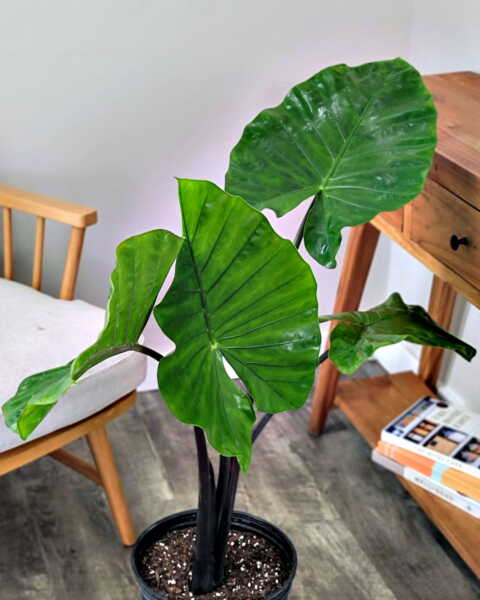
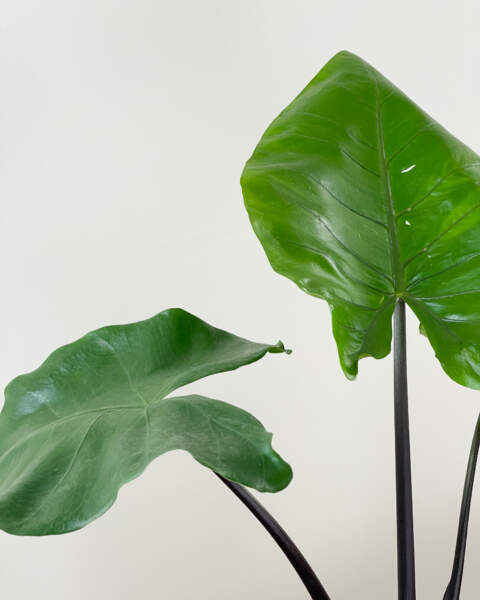
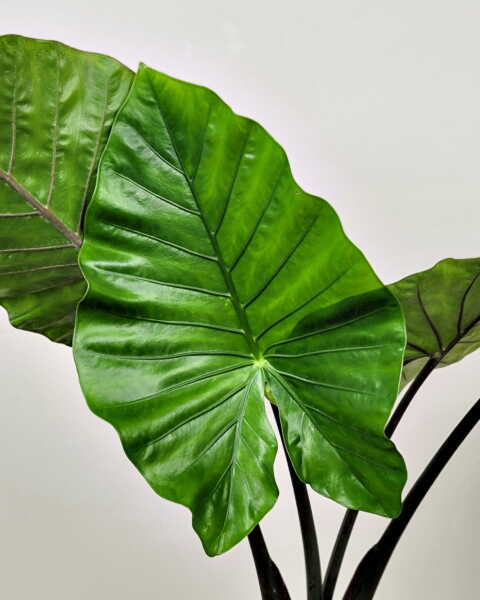
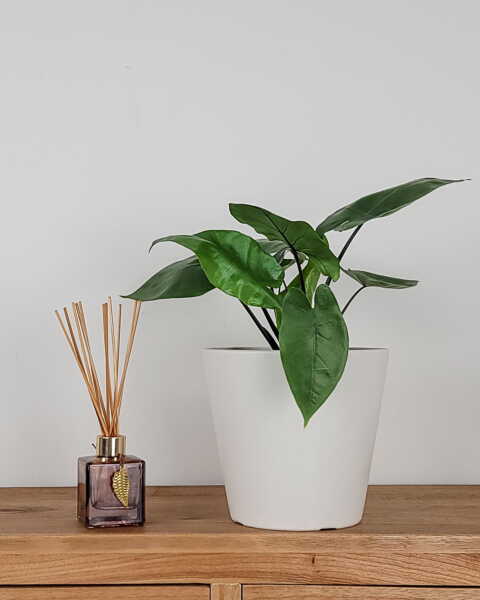
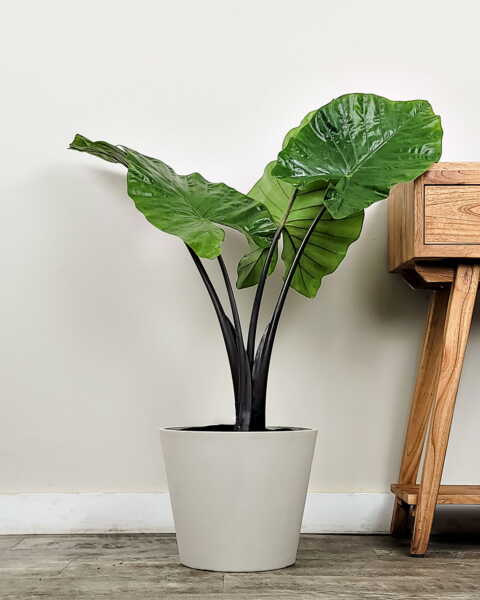
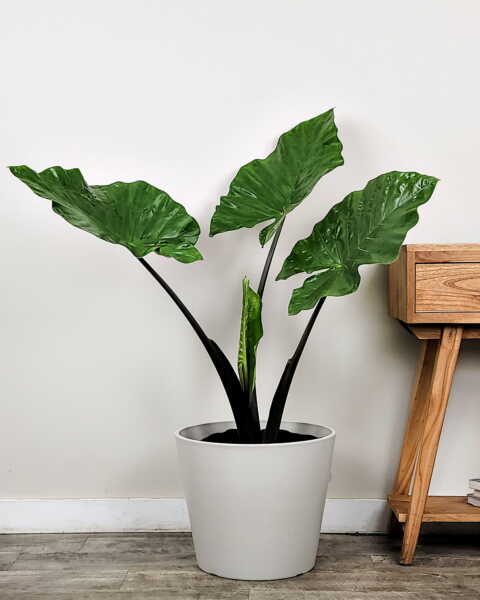
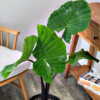
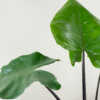
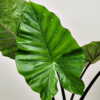
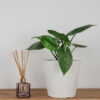
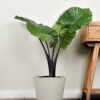
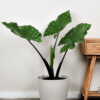









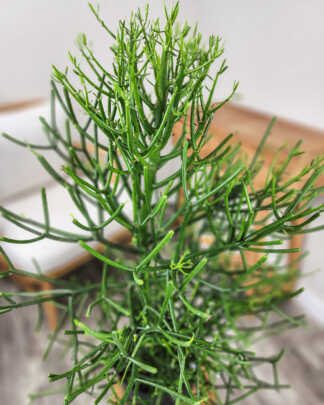
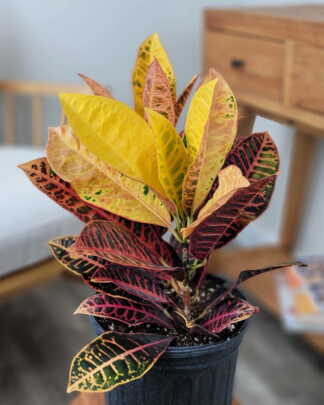


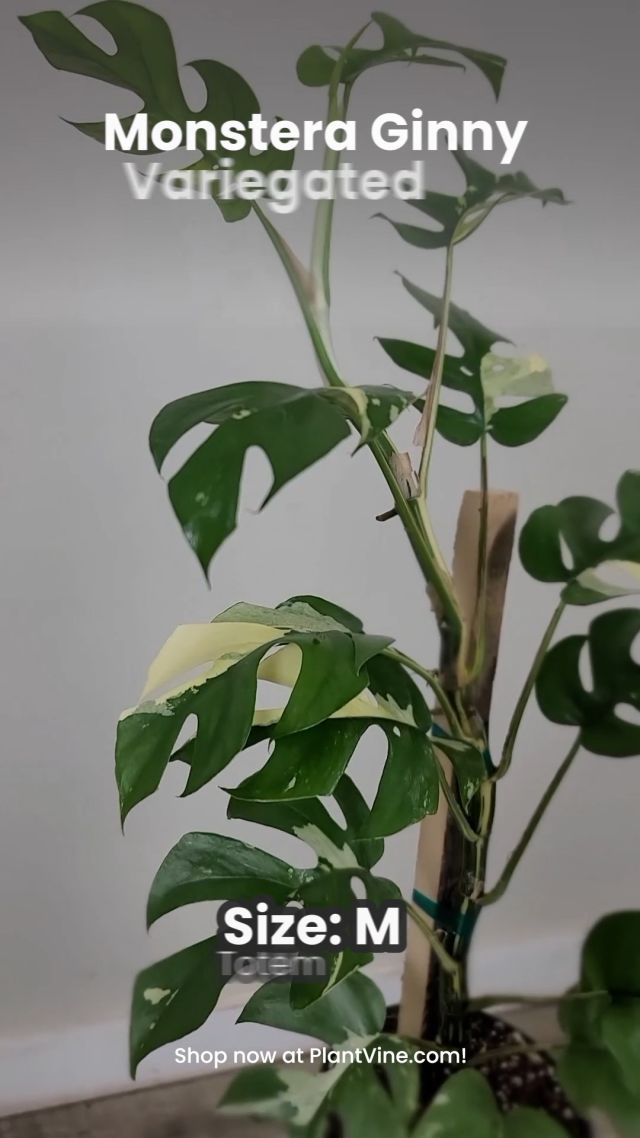



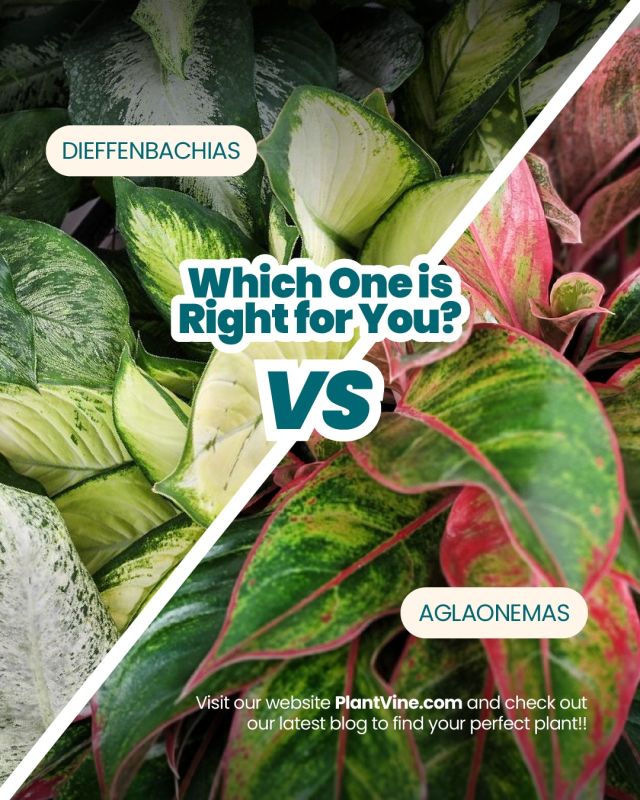
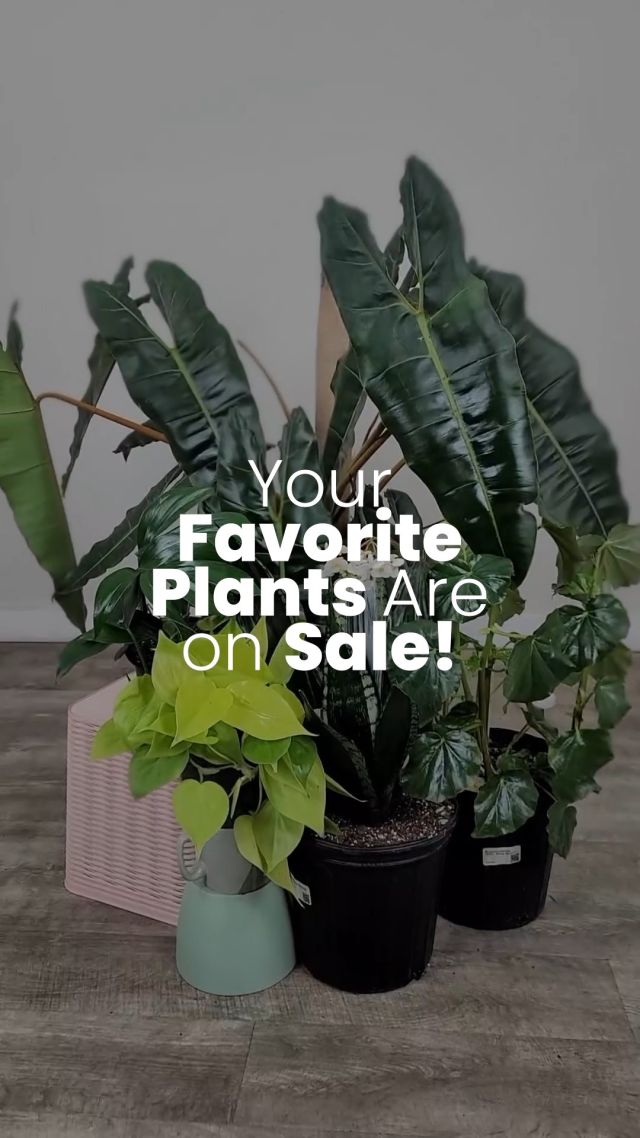
Karin (verified owner) –
Beautiful and looks healthy to grow.
John A. (verified owner) –
stems broken in shipping
Anonymous (verified owner) –
Plant shipped in great condition.
Sal Soto (verified owner) –
Wayne CGuff (verified owner) –
My plant has two leaves that are dying. I need to know should I cut them off or let them fall off. I also have a new leaf forming. Does this plant need sun and how cold can it take. I have it in my sun room. Thank you very much…. Ken
Tony A. (verified owner) –
FedEx lost my plant . And after contacting FedEx I found out plant vine had alreadymade a claim. They were very responsive and helpful. And ensured me I’d be made whole no matter the out come . The plant showed up looking fine due to the great packing by plantvine. And on top of that they have a 30 day promise . Plantvine is amazing and I’ve already been back !
Shayna W. (verified owner) –
I enjoyed receiving photos of my plant before shipping. It was properly packed and a great addition to the family!
Leighton P. (verified owner) –
Overall the plant is in good condition, it is currently losing a leaf which could be due to the shipping shock. I still have yet to inspect the roots to see their health, but I do love the plant.
Nicholas S. (verified owner) –
Half the leaves were damaged in transport, but the undamaged leaves are beautiful, and I’m excited for this little guy to get big and full over time.
Mayra M. (verified owner) –
This my second time ordering this plant. So gorgeous.
Alexander (verified owner) –
Arrived looking less lively than all of the other plants. Several days of care has not helped its condition and all leaves are hanging low still.
Mayra M. (verified owner) –
Arrived in good condition. 3 large leaves and stunning black stems.
Montara T. (verified owner) –
The plant leaves was weak upon arrival
Anonymous (verified owner) –
Perfect, few baby leaves lost during transit
Leah Fiorino (verified owner) –
This is my new favorite plant! The colors are striking and fit beautifulY in my home. The plant arrived to me in Great condition it took five days to ship to me in 90 degree weather and only lost one leaf!!! My experience with the customer service team is also worth 5 stars I originally put the wrong address down when I first Placed my ordered And a rep was super helpful corrected the issue before my plants shipped. I will definitely be ordering again!!!!!
Christian (verified owner) –
Plant arrived healthy with minimal damage.